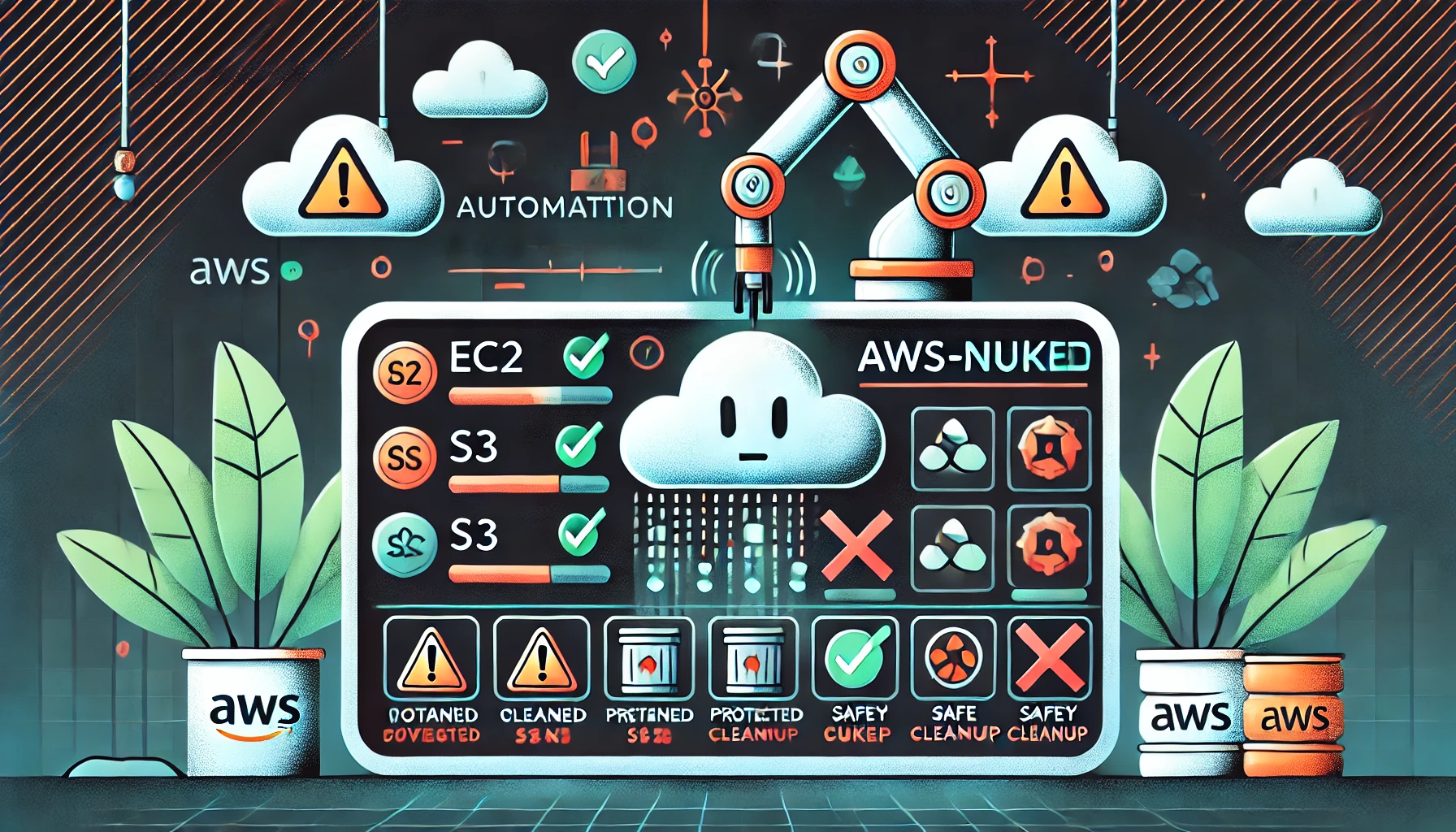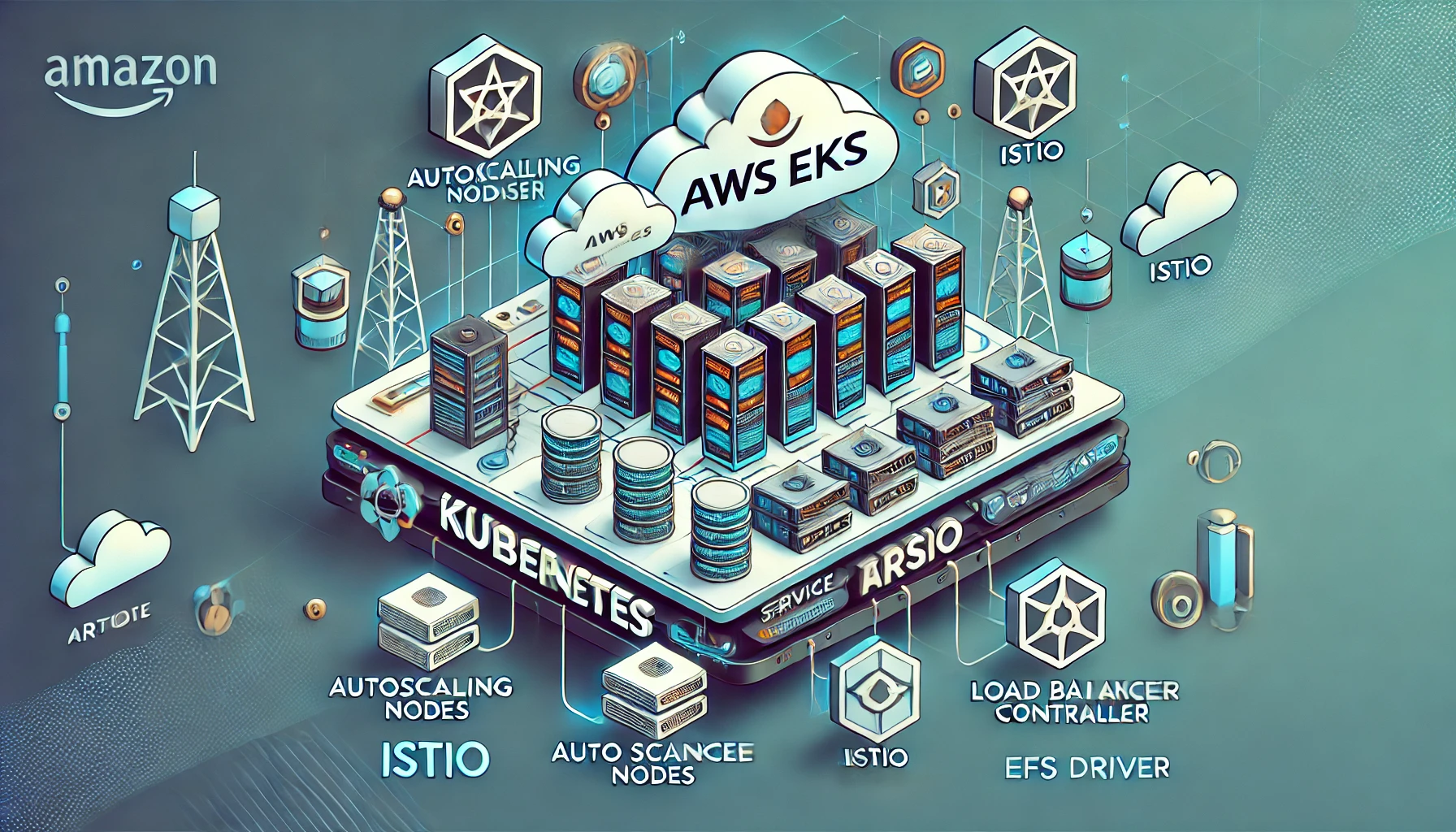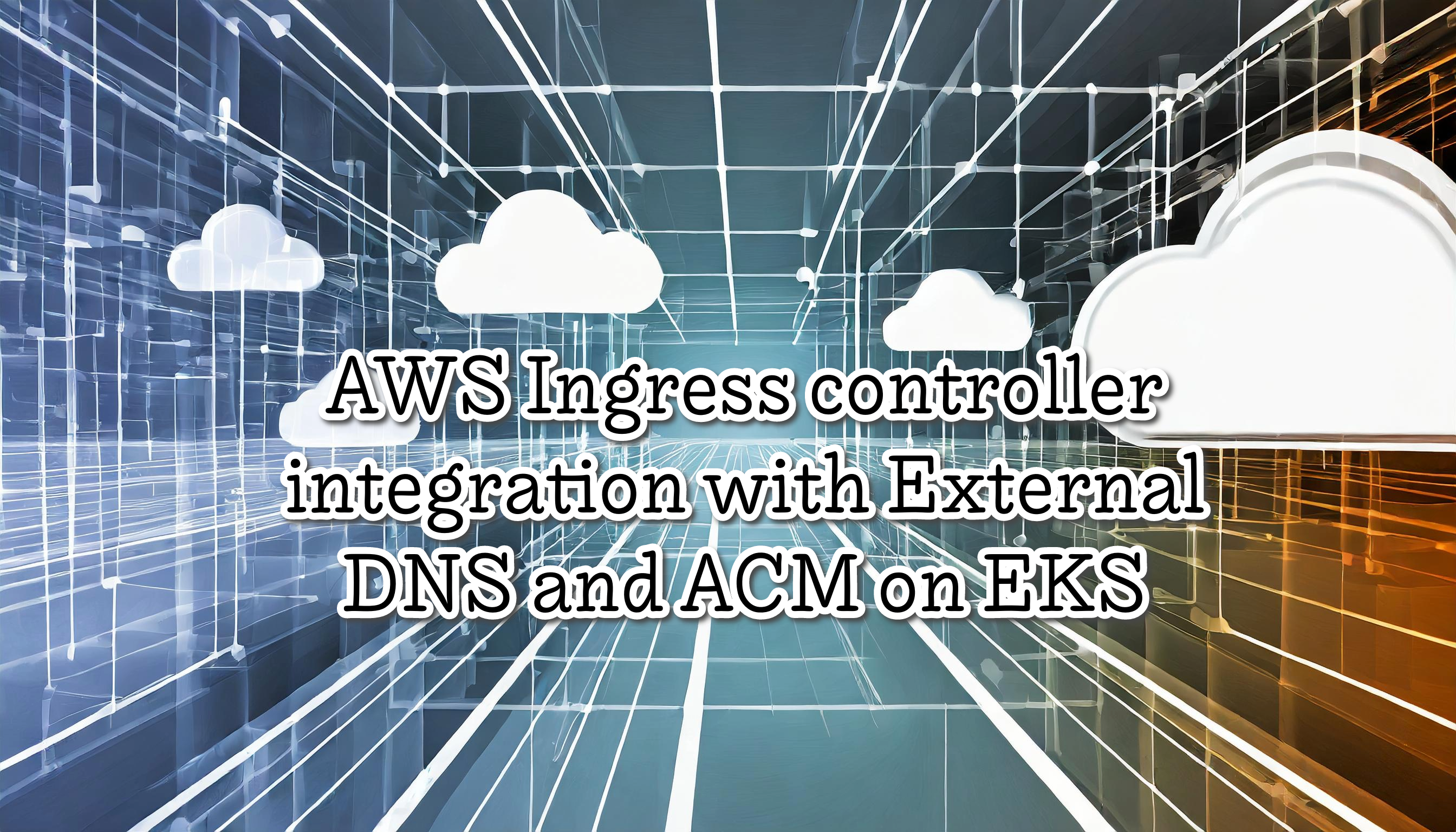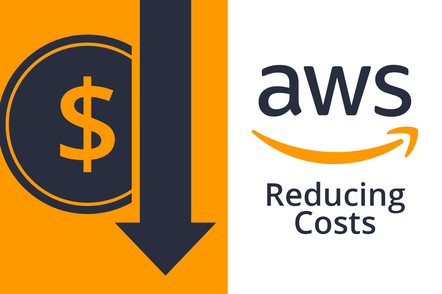Automated AWS Resource Cleanup with aws-nuke
Learn how to automate AWS resource cleanup using aws-nuke in an AWS Lambda function. This comprehensive guide covers everything from setting up resource filters to prevent accidental deletions, configuring AWS profiles, and implementing weekly cleanup schedules. Discover how to protect critical resources while efficiently managing development and testing environments. Includes detailed examples for filtering EC2 instances, S3 buckets, CloudFront distributions, and more, along with cost-effective implementation strategies and safety measures to prevent self-destruction.

A comprehensive guide on how to automate AWS resource cleanup using aws-nuke in an AWS Lambda function, ensuring your AWS accounts stay clean while preventing the cleanup task from deleting itself.
Table of contents
Introduction
Managing AWS resources can become overwhelming, especially in development and testing environments. aws-nuke is a powerful tool that helps you clean up AWS accounts by removing all resources. In this guide, we’ll show you how to automate this process using AWS Lambda, which is more cost-effective than running it in ECS Fargate.
What is aws-nuke?
aws-nuke is a tool that deletes all resources in an AWS account. It’s particularly useful for:
- Development environments
- Testing accounts
- Sandbox environments
- CI/CD cleanup
Setup Process
1. Create aws-nuke Configuration
First, create a configuration file (nuke-config.yml) with comprehensive resource filtering:
regions:
- "us-west-2" # Add your regions
- "us-east-1" # For CloudFront distributions
account-blocklist:
- "1234567890" # Add accounts to never clean
accounts:
0987654321: # Your account ID
filters:
# Prevent self-deletion
LambdaFunction:
- type: glob
value: "aws-nuke-*"
IAMRole:
- type: glob
value: "aws-nuke-*"
IAMUser:
- type: glob
value: "aws-nuke-*"
IAMPolicy:
- type: glob
value: "aws-nuke-*"
# Protect specific resources
EC2Instance:
- type: glob
value: "prod-*" # Protect production instances
- type: glob
value: "bastion-*" # Protect bastion hosts
EC2KeyPair:
- type: glob
value: "prod-*" # Protect production key pairs
EC2SecurityGroup:
- type: glob
value: "default" # Protect default security group
- type: glob
value: "prod-*" # Protect production security groups
EC2VPC:
- type: glob
value: "vpc-*prod*" # Protect production VPCs
S3Bucket:
- type: glob
value: "prod-*" # Protect production buckets
- type: glob
value: "*-backup" # Protect backup buckets
- type: glob
value: "*-logs" # Protect log buckets
CloudFrontDistribution:
- type: glob
value: "prod-*" # Protect production distributions
RDSInstance:
- type: glob
value: "prod-*" # Protect production databases
ElastiCacheCluster:
- type: glob
value: "prod-*" # Protect production cache clusters
Route53HostedZone:
- type: glob
value: "*.prod.*" # Protect production domains
# Protect specific IAM roles and users
IAMRole:
- type: glob
value: "aws-nuke-*"
- type: glob
value: "prod-*"
- type: glob
value: "admin-*"
IAMUser:
- type: glob
value: "aws-nuke-*"
- type: glob
value: "prod-*"
- type: glob
value: "admin-*"
# Protect specific Lambda functions
LambdaFunction:
- type: glob
value: "aws-nuke-*"
- type: glob
value: "prod-*"
- type: glob
value: "critical-*"
2. Create Lambda Function
Create a Lambda function using a custom container:
FROM public.ecr.aws/lambda/provided:al2
# Download aws-nuke
RUN curl -L https://github.com/rebuy-de/aws-nuke/releases/download/v2.25.0/aws-nuke-v2.25.0-linux-amd64.tar.gz | tar -xz
# Copy configuration
COPY nuke-config.yml /var/task/
# Set the CMD to your handler
CMD [ "aws-nuke-v2.25.0-linux-amd64/aws-nuke-v2.25.0-linux-amd64", "--config", "/var/task/nuke-config.yml", "--no-dry-run", "--quiet" ]
3. Configure AWS Profiles
Create AWS profiles for the Lambda function:
# Create AWS credentials file
mkdir -p ~/.aws
cat > ~/.aws/credentials << EOF
[aws-nuke-profile]
aws_access_key_id = YOUR_ACCESS_KEY
aws_secret_access_key = YOUR_SECRET_KEY
region = us-west-2
EOF
# Create AWS config file
cat > ~/.aws/config << EOF
[profile aws-nuke-profile]
region = us-west-2
output = json
EOF
4. Deploy Lambda Function
# Build and push container
aws ecr create-repository --repository-name aws-nuke
docker build -t aws-nuke .
docker tag aws-nuke:latest $AWS_ACCOUNT_ID.dkr.ecr.$AWS_REGION.amazonaws.com/aws-nuke:latest
docker push $AWS_ACCOUNT_ID.dkr.ecr.$AWS_REGION.amazonaws.com/aws-nuke:latest
# Create Lambda function
aws lambda create-function \
--function-name aws-nuke \
--package-type Image \
--code ImageUri=$AWS_ACCOUNT_ID.dkr.ecr.$AWS_REGION.amazonaws.com/aws-nuke:latest \
--role arn:aws:iam::$AWS_ACCOUNT_ID:role/aws-nuke-lambda-role \
--timeout 900 \
--memory-size 512 \
--environment "Variables={AWS_PROFILE=aws-nuke-profile}" \
--publish
5. Set Up EventBridge Rule
Create an EventBridge rule to trigger the Lambda weekly:
{
"Name": "aws-nuke-weekly",
"ScheduleExpression": "cron(0 0 ? * SUN *)", // Run every Sunday at midnight
"State": "ENABLED",
"Targets": [
{
"Id": "aws-nuke-lambda",
"Arn": "arn:aws:lambda:us-west-2:YOUR_ACCOUNT_ID:function:aws-nuke"
}
]
}
Important Considerations
Lambda Timeout
- Lambda functions have a maximum execution time of 15 minutes (900 seconds)
- Configure aws-nuke to handle large accounts efficiently:
# Add to nuke-config.yml resource-types: - "EC2Instance" - "EC2SecurityGroup" - "S3Bucket" # Add other resource types as needed
AWS Profiles
- Use specific AWS profiles for the Lambda function
- Exclude these profiles in the nuke configuration
- Store credentials securely in AWS Secrets Manager
Resource Deletion Order
- Some resources depend on others
- aws-nuke handles dependencies automatically
- Consider adding custom deletion order if needed
Safety Measures
-
Resource Filtering
- Use filters to protect critical resources
- Exclude Lambda function and related resources
- Add specific resources to the blocklist
- Use glob patterns for flexible matching
-
IAM Permissions
- Use least privilege principle
- Create specific role for Lambda
- Implement resource-based policies
- Regular permission audits
-
Monitoring
- Set up CloudWatch alarms
- Monitor function execution
- Review logs regularly
- Set up notifications for failures
-
Backup Configuration
- Store configuration in Lambda package
- Version control configuration files
- Regular configuration reviews
- Document all exclusions
Cost Analysis
Lambda Costs
- Memory: 512MB
- Duration: ~5 minutes (300 seconds)
- Weekly execution: 4 times per month
- Cost per execution: ~$0.0001 (300 seconds * $0.0000166667 per second)
- Monthly cost: ~$0.0004
ECS Fargate Costs (for comparison)
- CPU: 0.25 vCPU
- Memory: 0.5GB
- Duration: 24/7 (even when not running)
- Monthly cost: ~$30-40
Conclusion
Automating AWS resource cleanup with aws-nuke and Lambda provides a cost-effective way to maintain clean AWS accounts. By implementing proper safety measures and monitoring, you can ensure the cleanup process runs safely and reliably.
Remember to:
- Regularly review and update filters
- Monitor function execution
- Keep configurations in version control
- Test in non-production environments first
- Document all protected resources
- Review costs regularly
This setup provides a robust and cost-effective solution for automated AWS resource cleanup while ensuring the cleanup process doesn’t delete itself.
Reference
- https://github.com/rebuy-de/aws-nuke
- https://docs.aws.amazon.com/lambda/latest/dg/welcome.html
- https://docs.aws.amazon.com/AWSCloudFormation/latest/UserGuide/Welcome.html
- https://docs.aws.amazon.com/eventbridge/latest/userguide/eb-what-is.html
- https://docs.aws.amazon.com/IAM/latest/UserGuide/introduction.html




